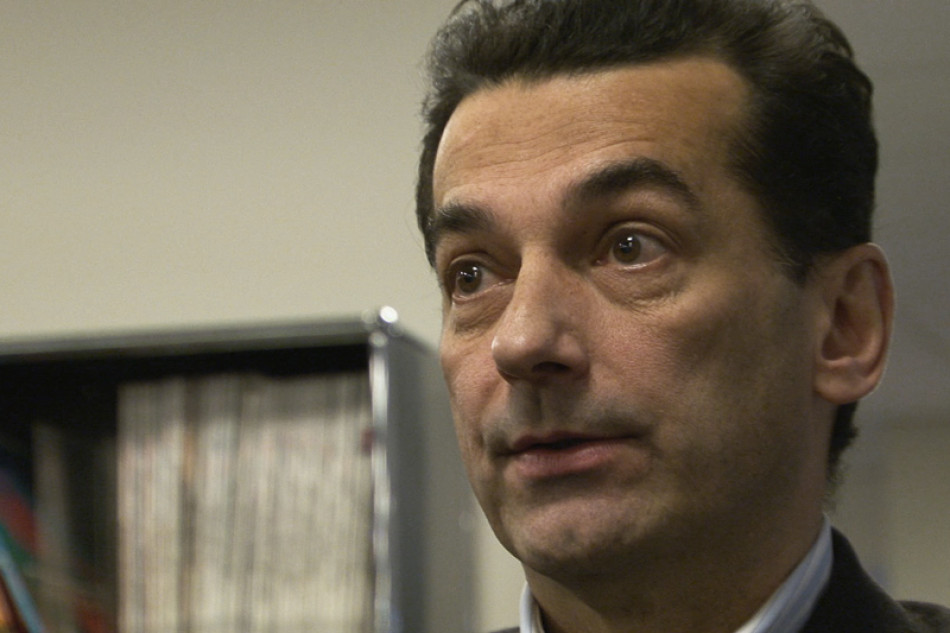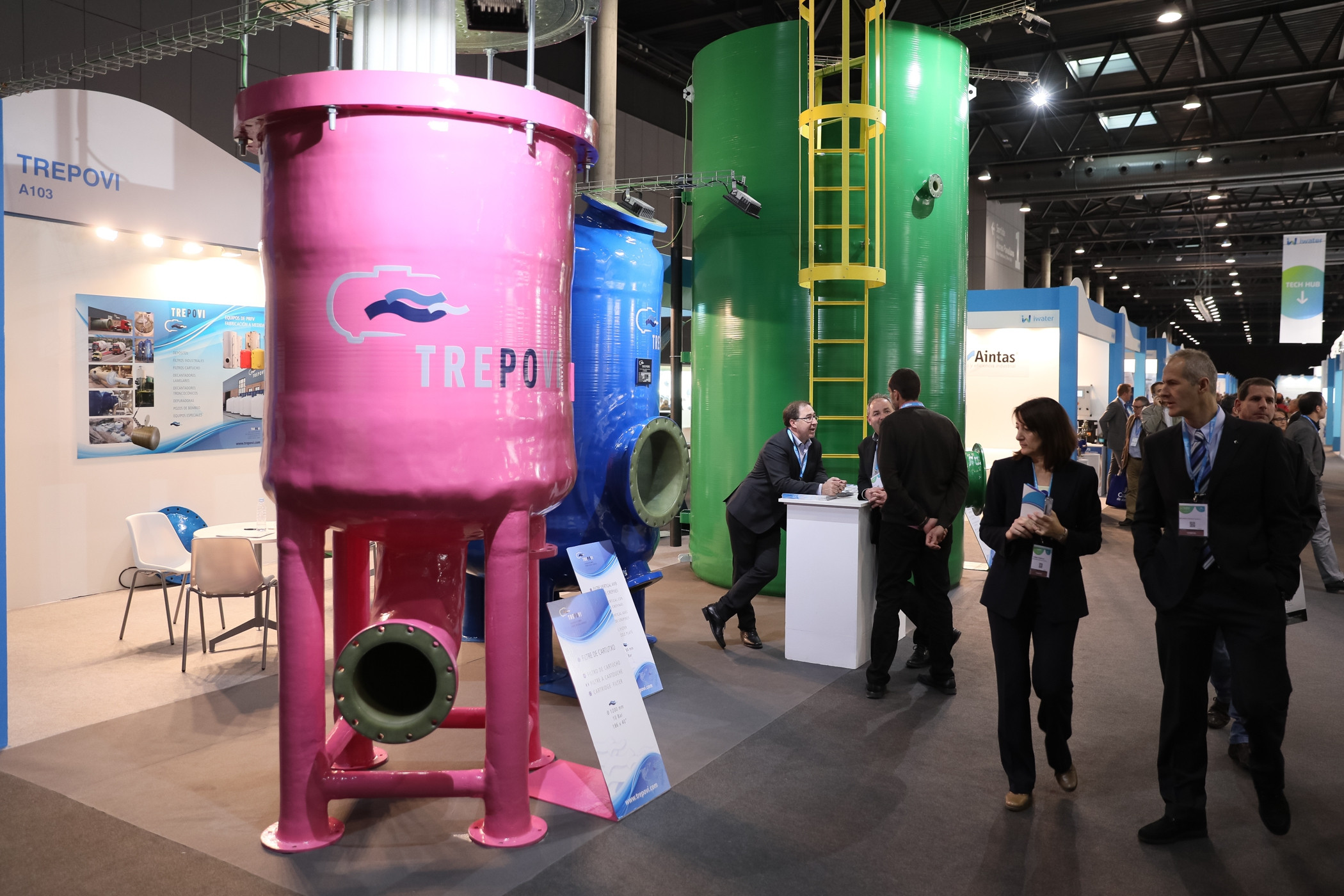
The universe of water users in Latin America comprises 600 million people. Of these, 36 million do not have access to an improved service of drinking water and 110 million do not have access to sanitation. There is progress, but with good and bad aspects.
In large cities, with a population of 260 million people, there are structural problems and informality. It seems a minor problem that could be solved from a sectorial perspective, however in reality integrated and coordinated urban management action is required. We can see:
? High inequality and exclusion
? Precariousness, which affects between 27% and 55% of the total population
? Lack of urban planning
? Environmental degradation is recorded
? Poor quality of services
In small and medium-sized cities, with 180 million people and low economies of scale, we note:
? Low technical and financial management capacity
? Limited access to credit
? Do not reach the level of economies of scale that allows financial sustainability
? Poor quality of services
? Poor sanitation coverage
In the very small cities (rural areas), where 153 million people live, we observe:
? Low management capacity
? Dispersion
? Unsustainable management models
? It is essential to seek economies of scale through partnerships, water committees or community organisations for the supply of water and sanitation
In this context, the first message is that it is feasible to close the water services gap by 2030. To this end, the goals would be:
? Include all urban water services throughout the hydrological cycle
? 100% network supply of drinking water
? 94% sewerage
? 100% new sources
? 64% purification
? 85% urban drainage
? Expansion, rehabilitation and renovation









